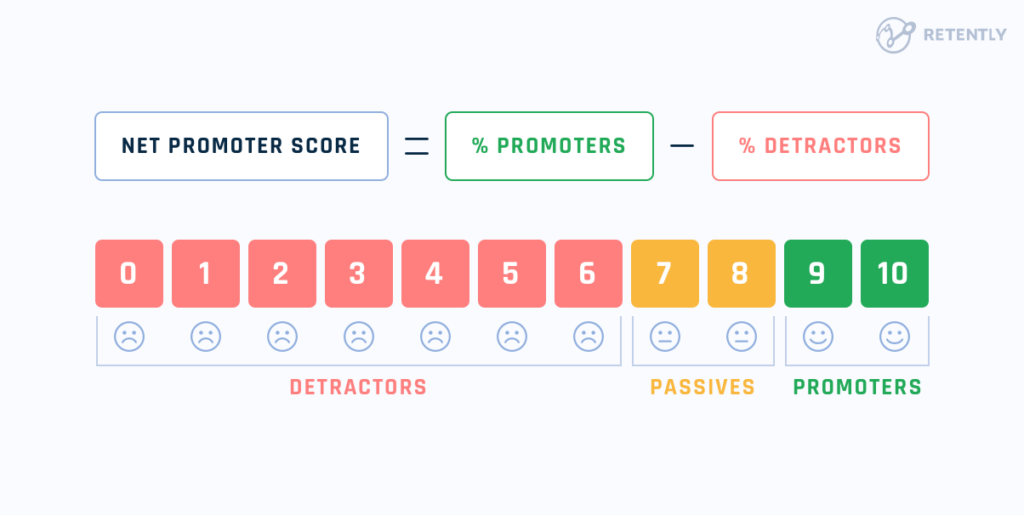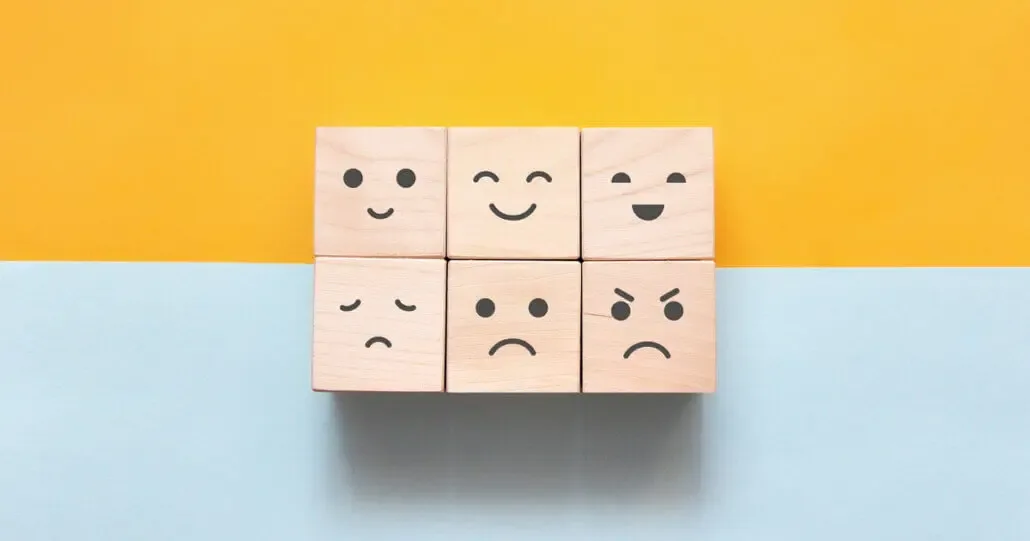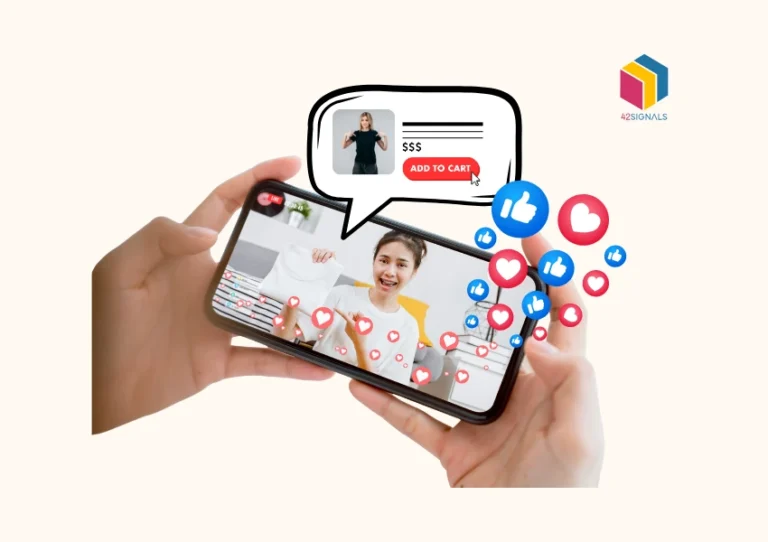In 2022 alone, there were a total of 268 million digital buyers in the United States and by 2025, this number is likely to reach 285 million. This means it’s not enough just to sell online but also have listings that are likely to sell. That’s where customer sentiment and its analysis add a lot of value.
What is Customer Sentiment?

Image Source: Fluent Support
Customer sentiment refers to the emotions and opinions that customers have towards a particular brand, product, or service. It encompasses all the feelings, attitudes, and perceptions that customers have when interacting with a company.
Consumer sentiment can be positive, negative, or neutral, depending on the individual’s experiences and interactions with the brand.
Why is Measuring Customer Sentiment Important?
Measuring consumer sentiment is vital for businesses because it provides valuable insights into how customers feel about their products or services.
By analyzing sentiment, businesses can identify areas where they are meeting customer needs and expectations, as well as areas where they need improvement.
This information enables companies to make data-driven decisions that enhance customer satisfaction, and loyalty, and ultimately, drive revenue growth.
Tools and Techniques to Understand Customer Feedback
There are several tools and techniques that businesses use to measure consumer sentiment. Here are some of the most common ones:
- Surveys: Online surveys are one of the most widely used methods for measuring sentiment. They provide structured feedback from customers, which helps businesses understand their needs, preferences, and pain points. Surveys can be conducted via email, social media, or in person.

Image Source: HubSpot
- Social Media Listening: Social media platforms like Twitter, Facebook, and Instagram are excellent sources for gathering customer sentiment data. Businesses can use social media listening tools to track mentions of their brand, competitors, and industry-specific keywords. These tools analyze the tone, volume, and context of online conversations to provide insights into consumer sentiment.

Source: Digimind
- Net Promoter Score (NPS): NPS is a popular metric for measuring customer loyalty. It asks customers how likely they are to recommend a brand to others on a scale of 0 to 10. The responses are then categorized into three groups: detractors (0-6), passives (7-8), and promoters (9-10). The difference between promoters and detractors gives businesses their NPS score, which indicates overall customer sentiment.

Image Source: Retently
- Customer Reviews: Analyzing customer reviews on review sites like Yelp, Google My Business, and TripAdvisor provides valuable insights into customer sentiment. Businesses can monitor review volumes, ratings, and comments to identify trends and patterns in customer feedback.

Image Source: Tagembed
- Focus Groups: Conducting focus groups involves bringing together a small group of customers to share their thoughts, opinions, and experiences with a brand. Moderators guide the discussion to gather qualitative feedback, which can help businesses understand sentiment around specific topics or issues.

Image source: Qualtrics
- Voice of the Customer (VoC) Programs: VoC programs involve collecting and analyzing customer feedback from various touchpoints, such as contact centers, websites, and social media. The insights gathered through these programs help businesses prioritize improvements and optimize consumer experiences.

Benefits of Measuring Sentiments
Measuring customer sentiment offers numerous benefits for businesses. Here are some of them:
- Improved Customer Satisfaction: By monitoring sentiment, businesses can identify areas where they can improve customer satisfaction. This leads to higher customer retention rates and increased loyalty.
- Enhanced Customer Experience: Measuring customer sentiment helps businesses understand what customers want and expect from their products or services. This knowledge allows companies to tailor their offerings and create personalized experiences that meet customer needs.
- Brand Reputation Management: Monitoring social media and online reviews helps businesses detect potential reputation crises before they escalate. They can address negative feedback promptly, reducing its impact on their brand image.
- Competitive Advantage: Measuring consumer sentiment provides businesses with actionable insights that can give them a competitive edge. By understanding customer needs better than their competitors do, businesses can differentiate themselves and attract new customers.
- Data-Driven Decision Making: Measuring customer sentiment also provides quantifiable data businesses can use to make informed decisions. This data helps companies allocate resources effectively and optimize their strategies to improve customer satisfaction and loyalty.
With the skyrocketing shopping needs, customer sentiment analysis today is important more than ever.
With the right data on customer feelings, businesses can make the necessary changes and are poised to grow positively.
42Signals’ Voice of Customer analytics helps brands understand customer thoughts, analyses positive and negative sentiments, and translates that into interactive dashboards conducive to success.





